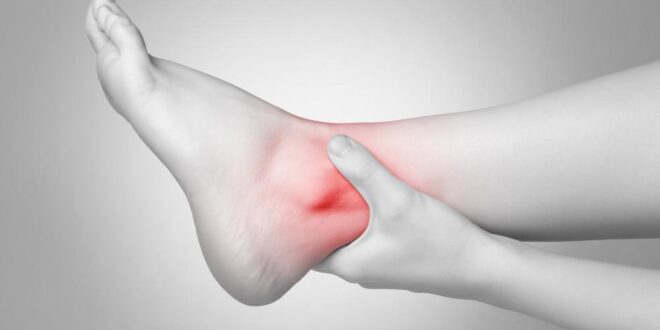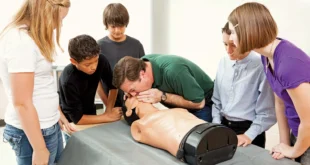Imagine you’re out on your usual weekend run across the park when you suddenly stumble and lose your balance. You quickly attempt to catch yourself, and luckily you do. But you feel a sharp twinge in your ankle. “Ooooouch!” you groan.
Premier Foot & Ankle Care could be your next port of call. Whether you’ve rolled an ankle or you’re scoping out a New Clinic to address heel pain or a foot-related injury, the facility’s hospitable and compassionate medical providers can help you get back on your feet.
That aside, what happens when you roll your ankle? What are the signs that you need medical help? Let’s explore the truth of the matter in greater detail.
Table of Contents
What Causes a Rolled Ankle?
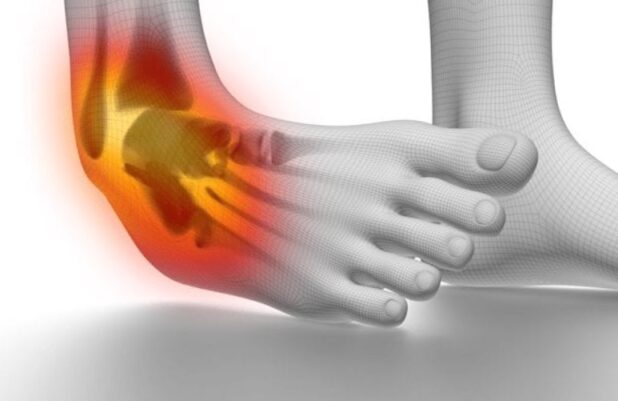
An ankle sprain can occur due to abrupt movements, such as quickly changing direction, overstretching, standing in the wrong position, or simply stepping off a curb. It can happen while playing sports or walking on an uneven surface.
It is not uncommon for an ankle to roll forward before the leg can compensate, thus resulting in a ‘rolled’ ankle. When this happens, the ligaments around your ankle stretch or tear, causing a sprain or strain.
Depending on the nature of your injury, you may suffer a minor or a more serious sprain. Minor sprains may heal in a few days after some rest – you can sometimes walk it off, as the pain could be minimal, but severe ones require medical attention. The Ankle Sprain Healing Time can vary depending on the severity of the injury and individual factors such as age and overall health. Generally, it can take anywhere from a few weeks to several months for an ankle sprain to fully heal.
Still, it’s advisable to let your doctor assess your condition to rule out further complications.
Symptoms of a Rolled Ankle
In the heat of the moment, you’re likely to feel an immediate sharp pain. You may also hear a popping sound (sometimes accompanied by a sensation of warmth or burning) when the ligament tears. Immediately after or as time wears on, you may experience the following other symptoms:
- Pain when walking
- Tenderness in the injured area
- Difficulty putting weight on the ankle
- Bruising or redness
Seek medical advice if you notice these signs or in case your symptoms worsen despite self-care at home. Why? You may have a serious sprain. This is typically the case if your ankle feels numb or appears deformed or you’re unable to move normally. Also, a broken bone could cause pain if you can’t bear weight.
Are You at Risk for Rolling Your Ankle?
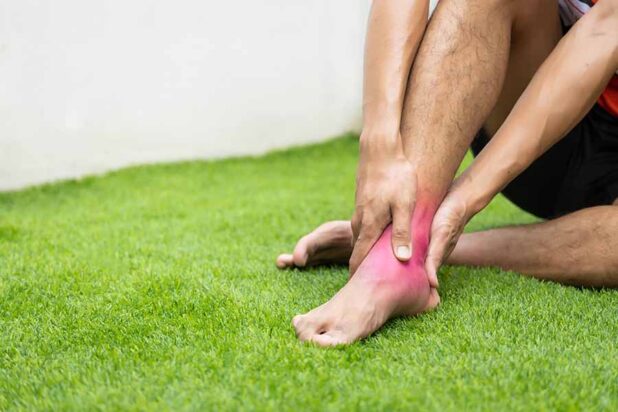
Some people are more susceptible to rolled ankles than others. For example, people with weak or tight muscles are more likely to suffer an ankle sprain due to a lack of muscular support around the joints and ligaments. Likewise, the following risk factors may come into play:
- Age – older people tend to suffer more sprains due to weakened bones and muscles.
- Being overweight – excess weight puts more strain on the ankles, causing instability when walking or running.
- Failure to warm up properly before physical activities – can lead to muscle fatigue, making you prone to unexpected stumbles.
- Involvement in sports – active people, particularly athletes, and dancers, are at higher risk for ankle sprains. The sudden stops and starts, jerky movement, and jumping can cause sudden injury.
- Prior injury – if your ankle was previously injured, the ligaments might have weakened, implying a higher risk of re-injury.
- Improper footwear – Rocking the wrong shoes for an activity can increase the risk of a rolled ankle. Similarly, shoes with an unstable heel can cause the foot to roll. For instance, high-heeled shoes significantly reduce your ankles’ stability, increasing your vulnerability to injury.
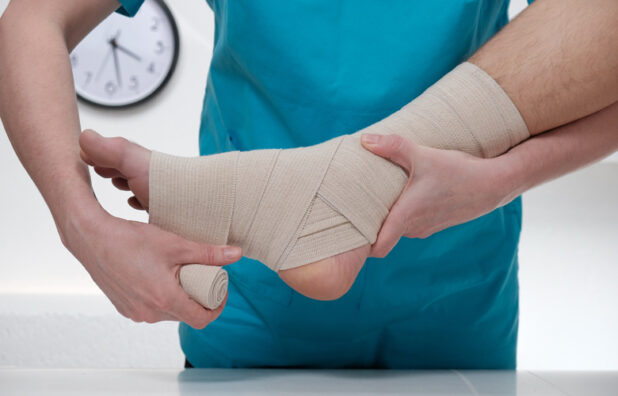
Treatment
The treatment you get generally depends on the severity of your injury. Minor sprains heal with rest, ice, compression, and elevation. But more significant injuries may require the following:
- Extended physical therapy – this can help you regain your range of motion. Massage and heat treatment can also help.
- A brace or splint – your doctor may suggest an ankle stabilizer to give extra support and minimize your risk of further injury.
- Bracing or casting – immobilizing the ankle can promote healing.
- Surgery – in extreme cases, you may need surgery to repair torn ligaments. That said, this is usually a last resort owing to the risks involved and the long recovery post-surgery.
That’s about all you need to know about rolled ankles. A little preventive care and the right treatment can help you feel better. Also, listen to your body and seek medical help when necessary – don’t let a niggling ankle injury keep you from enjoying life when treatment is readily available.
 World Magazine 2024
World Magazine 2024
